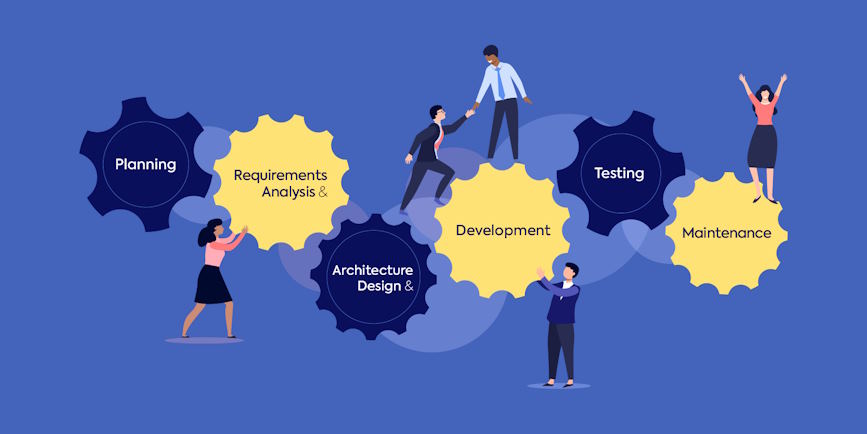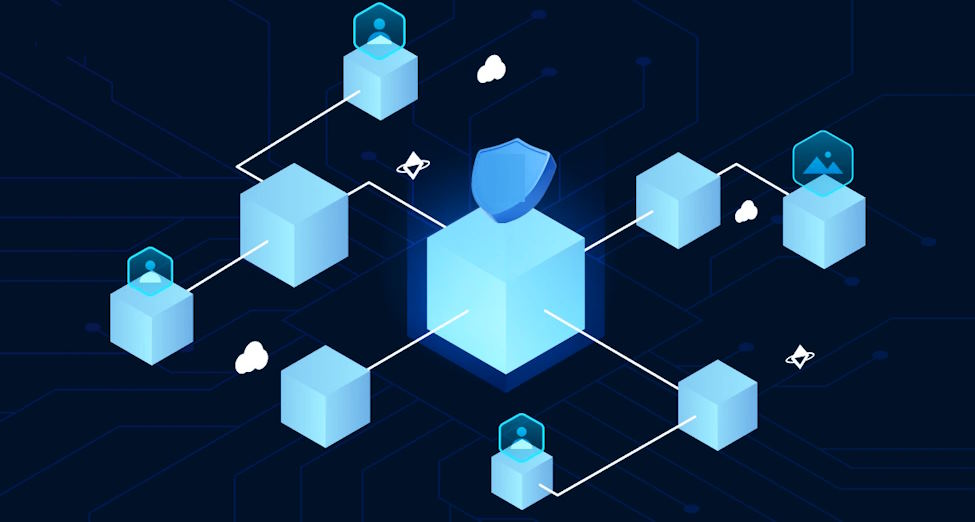
Secure Software Development Lifecycle (SDLC) Practices
In an era where technology is ubiquitous and software plays a pivotal role in shaping our digital landscape, the importance of Secure Software Development Lifecycle (SDLC) practices cannot be overstated. As organizations strive to deliver innovative and efficient software solutions, the need to prioritize security throughout the development process has become paramount.
Benefits of Secure SDLC
Secure Software Development Lifecycle (SDLC) practices offer a myriad of advantages, fortifying the development process against potential threats and ensuring the creation of resilient and trustworthy software solutions.
Risk Mitigation:
Implementing Secure SDLC acts as a proactive shield against cyber threats, reducing the likelihood of security breaches and mitigating risks associated with vulnerabilities. By identifying and addressing security concerns throughout the development lifecycle, organizations significantly enhance their ability to withstand potential attacks.
Cost Reduction in Addressing Vulnerabilities:
Addressing security issues in the later stages of development or post-deployment can be a costly affair. Secure SDLC, by integrating security from the initial phases, helps in identifying and resolving vulnerabilities early on, preventing the accumulation of costly fixes and minimizing the financial impact associated with security breaches.

Enhanced Customer Trust:
Security is a paramount concern for users. Implementing Secure SDLC not only protects sensitive user data but also fosters a sense of trust. Knowing that security is a top priority throughout the development process, customers are more likely to trust and engage with software products, leading to stronger customer relationships.
Improved Development Efficiency:
Contrary to the misconception that security practices hinder development speed, Secure SDLC enhances efficiency by preventing rework caused by security-related issues. By embedding security into the development process, teams can streamline workflows, reduce debugging time, and ultimately deliver high-quality software more efficiently.
Best Practices for Implementing Secure SDLC
Establishing a robust Secure Software Development Lifecycle (SDLC) involves adopting key practices that integrate security seamlessly into every aspect of the development process. These best practices not only enhance the security posture of software but also contribute to a more efficient and collaborative development environment.
Establishing a Security Culture:
Cultivating a security-first mindset is foundational. Organizations should instill a culture where security is not just a task but a shared responsibility. This cultural shift ensures that security considerations are ingrained in every decision and action throughout the SDLC.

Training and Awareness Programs:
Education is key to empowering development and security teams. Regular training sessions and awareness programs keep teams updated on the latest security threats, mitigation techniques, and best practices. This continuous learning approach equips teams to proactively address emerging security challenges.
Collaboration Between Development and Security Teams:
Effective communication and collaboration between development and security teams are crucial. By integrating security professionals into development workflows, organizations can address security concerns in real-time, fostering a collaborative environment that prioritizes both speed and security.
Automation of Security Testing Processes:
Automation streamlines security testing, enhancing efficiency and accuracy. Implementing automated tools for code analysis, vulnerability scanning, and testing accelerates the identification of potential threats, allowing teams to address issues promptly without compromising development timelines.


